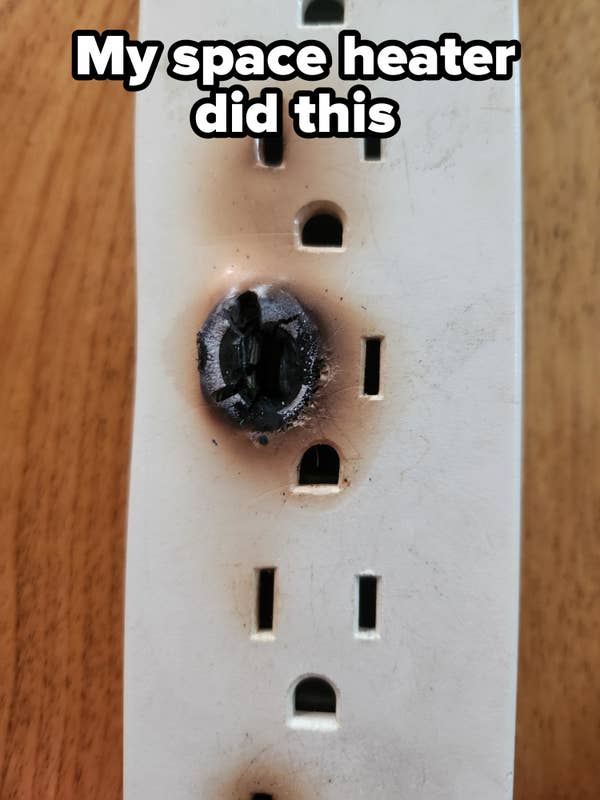That is, indeed, what happened.
The photo originates from Reddit, where the OP said that they were plugging a space heater in, and once they realized it was damaging the receptacles, they thought they could minimize the damage by simply plugging in closer to where the
cord enters the
receptacle mold. They
knew there was a problem and kept repeating it.
OP had another post from awhile back where they also cut into live wires with a drywall saw. Trying to
chase a Darwin award, apparently.
As to the original question -- "is the photo a fake?" -- well, it depends on what we'd consider a fake. OP's story is probably legit, but it could still be "fake" in the sense that people enjoy deliberately engaging in stupid behavior for internet karma.




